Brick by brick: Lisbon Architecture Triennale exhibition lays out the nuances of construction
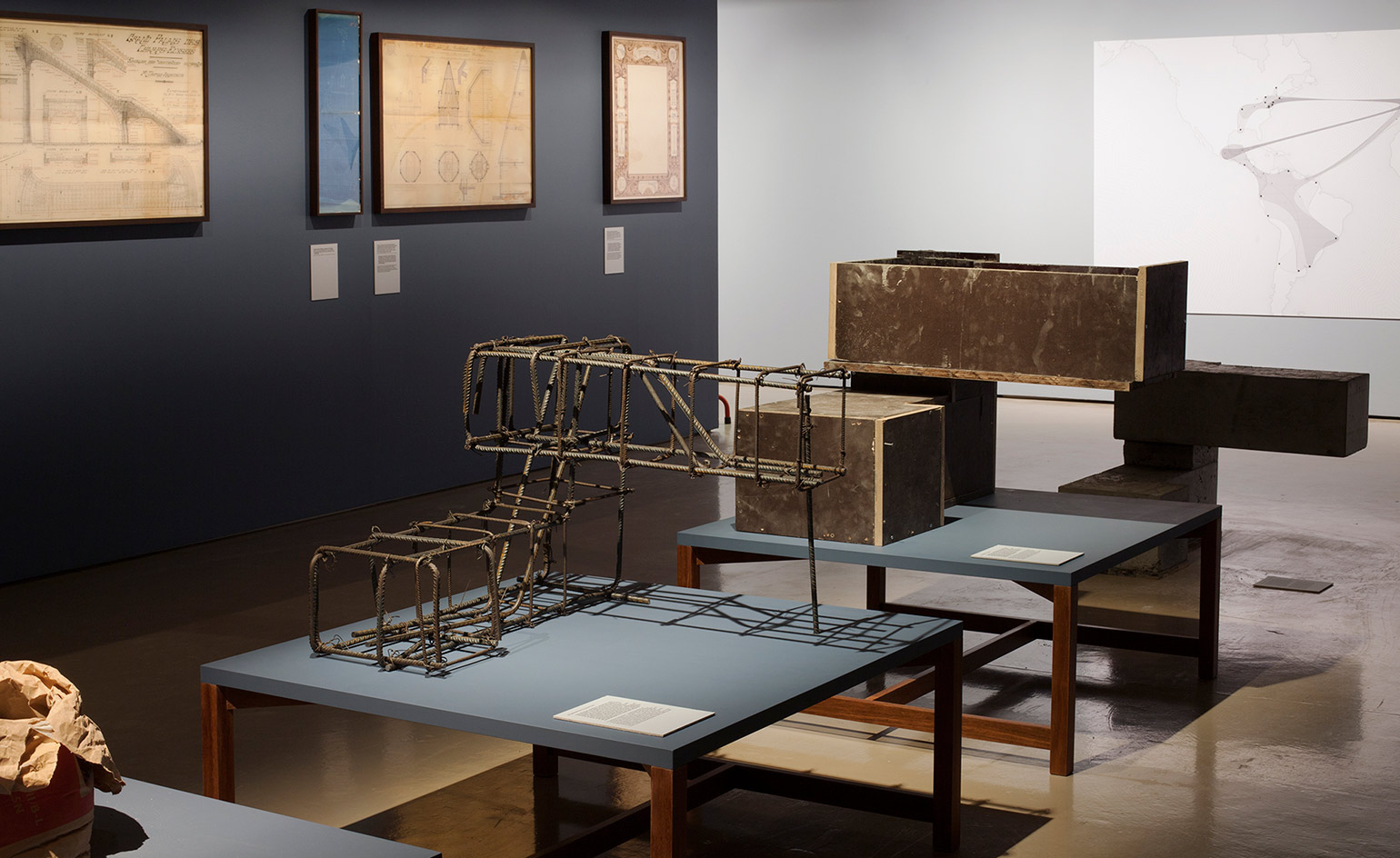
One of the most rewarding moments of the fourth edition of the Lisbon Architecture Triennale is an exhibition quite simply called 'Building Site'. Curated by André Tavares, who is also the Triennale’s co-curator along with the late Diogo Seixas Lopes, the show explores the politics, economics and labour of making buildings, as well as often neglected aspects of the construction process, such as well-being and time.
The building site is the ‘crucial moment’ when architectural design becomes form, the exhibition argues. For months and sometimes years it is a ‘public performance’, a place teeming with hundreds and thousands of workers, huge cranes and awe-inspiring scaffolding, as well as a place where massive sums of money are invested. All this requires huge human and intellectual effort, and the smallest details can have enormous ramifications.
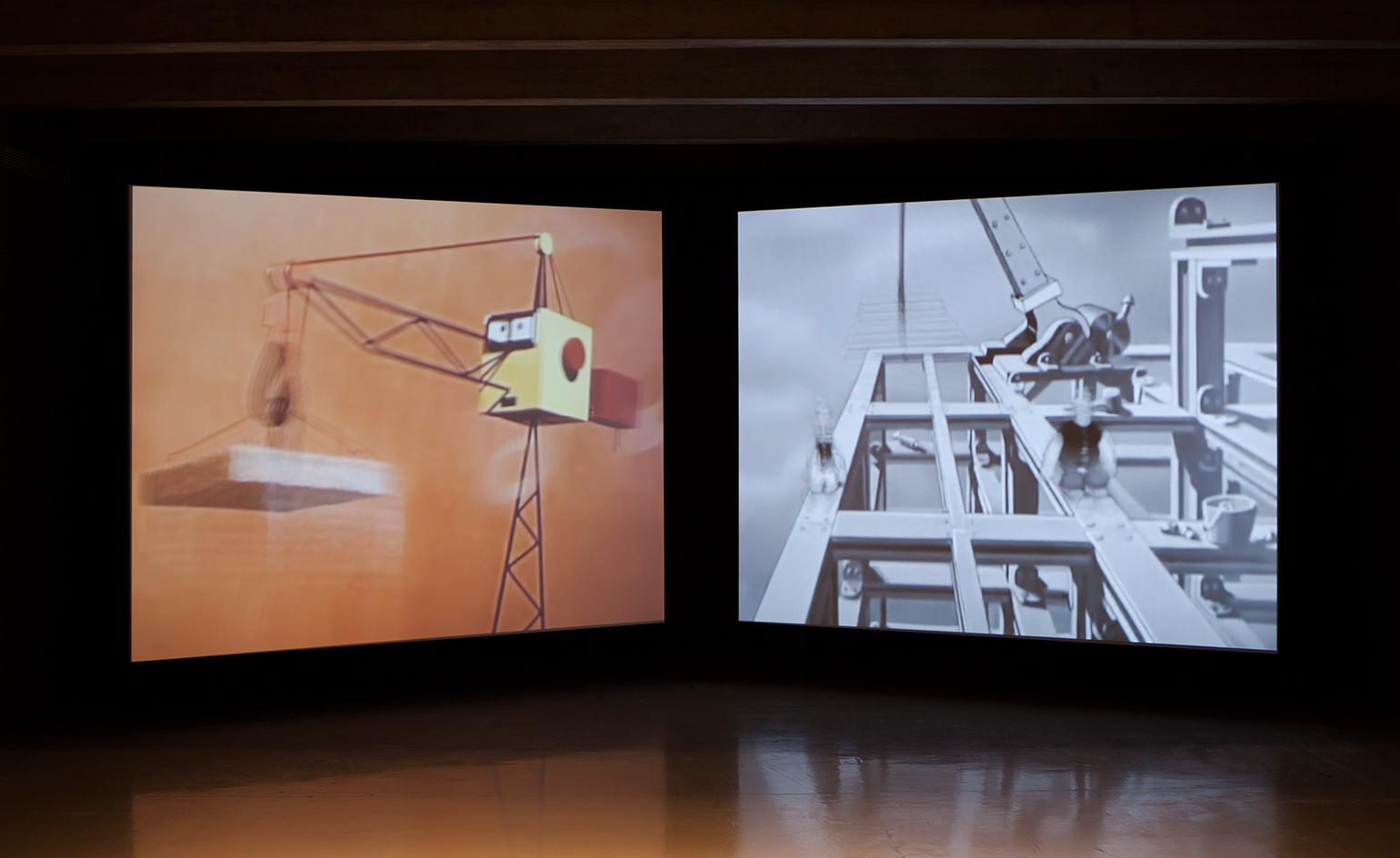
Stills from a short film entitled 'Choreographies' by Pedro Alonso and Hugo Palmarola, in which US and Soviet cartoons are shown side-by-side
In a section devoted to time, the show looks at how OMA’s famed Casa da Música in Porto was the result of both a hugely ambitious deadline for the concrete outer shell (designed to coincide with Porto’s year as European Capital of Culture in 2001) and major delays. The former was completed in record time, based on an existing design for a single-family home that the architects repurposed. When various bureaucratic and political delays hit the construction programme, architects were able to devise the interiors with the benefit of time. The richer palette of ideas and materials inside the building is the tangible result.
The show persuasively demonstrates that at every stage of the construction process human input is fundamental, even in an age of digital tools and machinery. In a section called 'Communication', a fascinating drawing by David Chipperfield Architects maps out the restoration of the ceiling of the Roman room at the Neues Museum in Berlin. The printed drawing instructs conservators as to how to deal with the building surfaces, but a series of pencil markings added on-site record when the work has actually been carried out.
One of the lighter moments of the show is provided by a film called Choreographies, showing a host of American and Soviet cartoons side-by-side. These feature a panoply of hair-raising construction scenes, where steel cranes whizz various characters on steel beams and concrete panels into the sky. It’s amusing, beautifully timed and set to music, but there is a more serious point being made here, as across the exhibition in general – that building sites are a choreography of moments that come together to make a greater whole. All the various interests at play – commercial, political, social and architectural – require human negotiation, and a delicate dance and equilibrium.

As its name suggests, the displays explore the politics, economics and labour of making buildings, as well as issues of well-being and time during construction works

The building site is the ‘crucial moment’ when architectural design becomes form, the exhibition argues
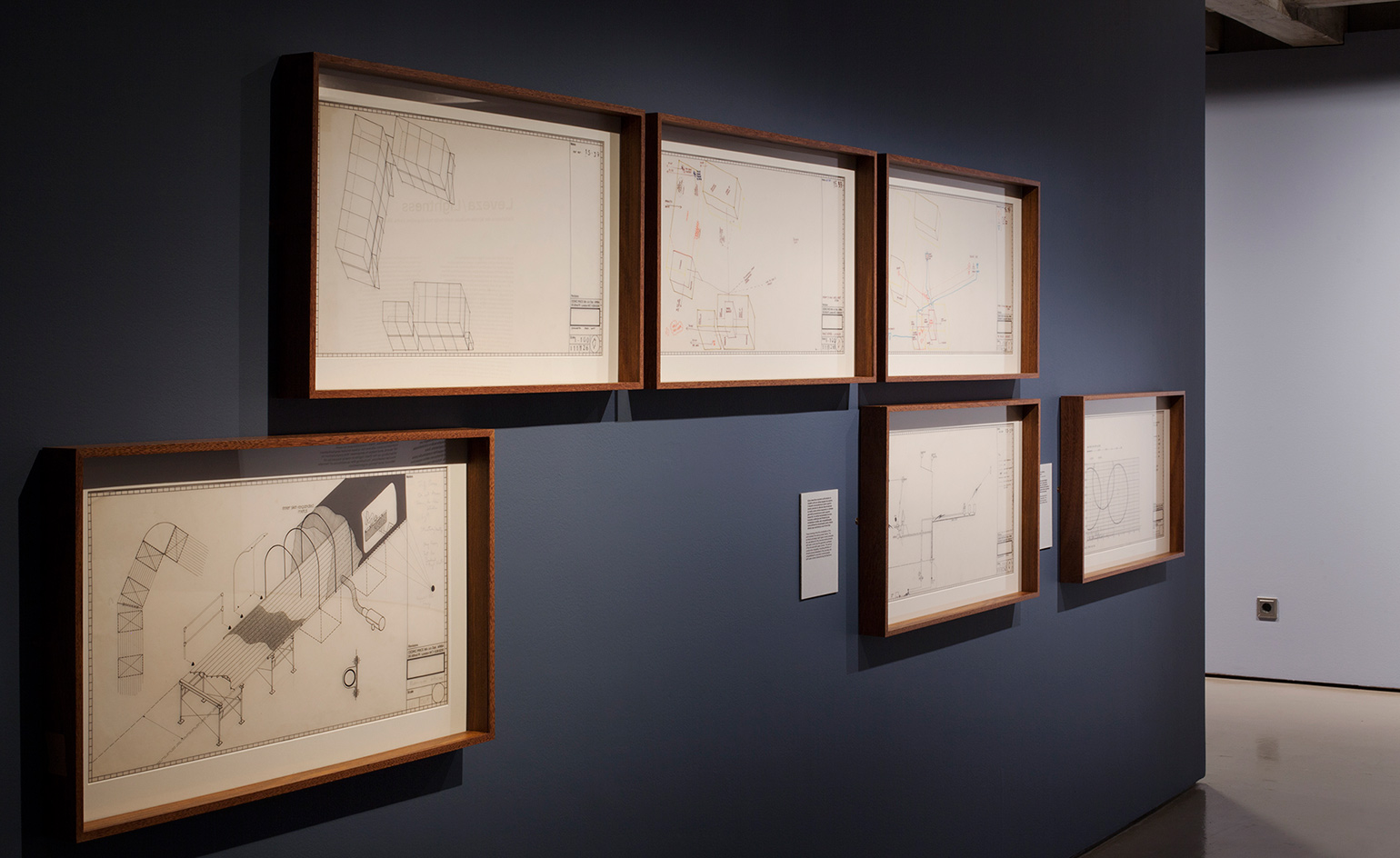
The displays look at different stages of the construction process, and how human input affects them
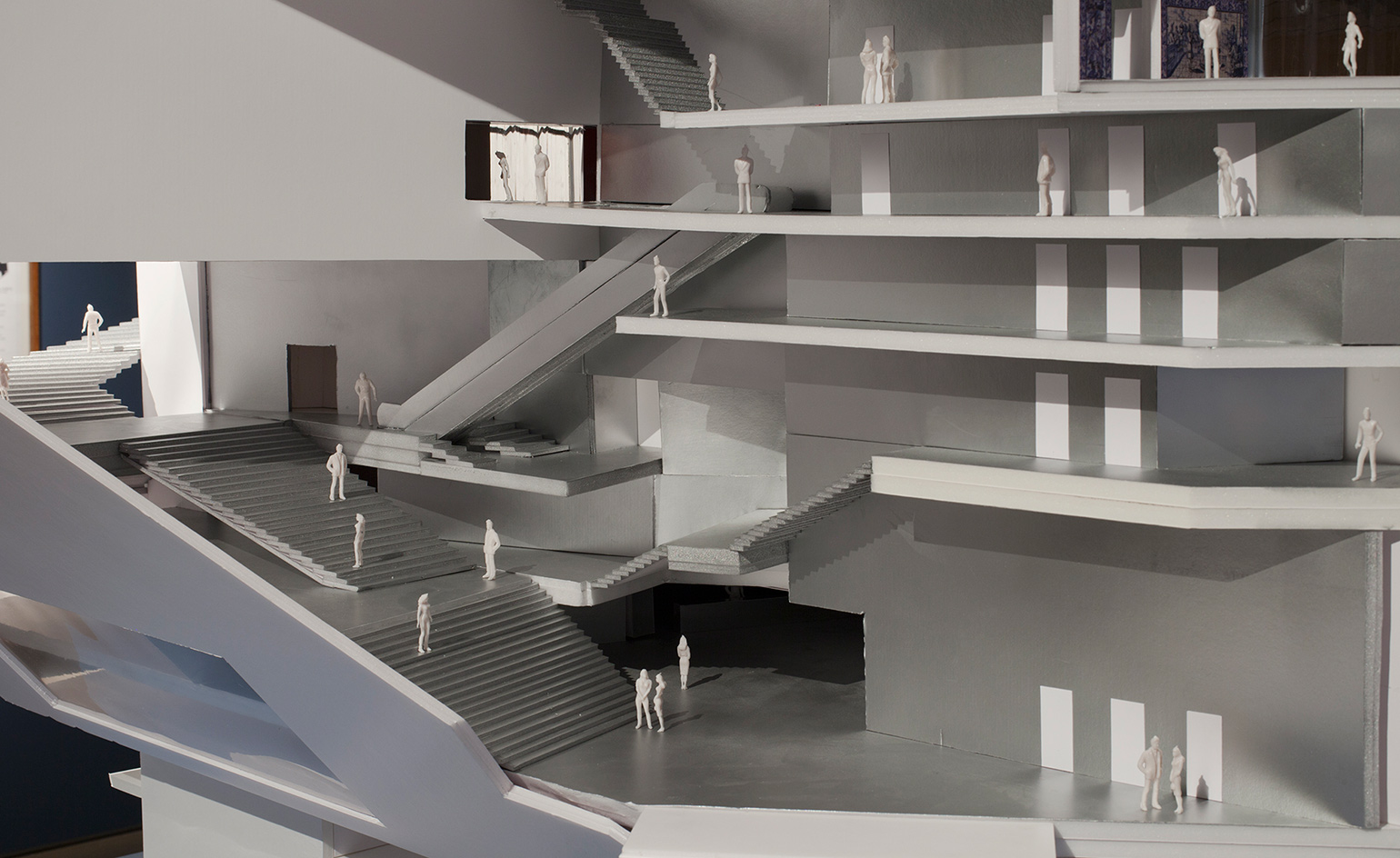
A model showing the rich, sophisticated interiors of OMA’s Casa da Música in Porto (1999–2005)
INFORMATION
The Lisbon Architecture Triennale is on view until 11 December 2016. For more information, visit the website
Receive our daily digest of inspiration, escapism and design stories from around the world direct to your inbox.
Giovanna Dunmall is a freelance journalist based in London and West Wales who writes about architecture, culture, travel and design for international publications including The National, Wallpaper*, Azure, Detail, Damn, Conde Nast Traveller, AD India, Interior Design, Design Anthology and others. She also does editing, translation and copy writing work for architecture practices, design brands and cultural organisations.
-
 In Norway, discover 1000 years of Queer expression in Islamic Art
In Norway, discover 1000 years of Queer expression in Islamic Art'Deviant Ornaments' at the National Museum of Norway examines the far-reaching history of Queer art
-
 The Wilke is LA’s answer to the British pub
The Wilke is LA’s answer to the British pubIn the Brentwood Village enclave of Los Angeles, chef and restaurateur Dana Slatkin breathes new life into a storied building by one of Frank Gehry’s early mentors
-
 Top 10 gadgets of 2025, as chosen by technology editor Jonathan Bell
Top 10 gadgets of 2025, as chosen by technology editor Jonathan BellWhat were the most desirable launches of the last 12 months? We’ve checked the archives to bring you this list of the year’s ten best devices
-
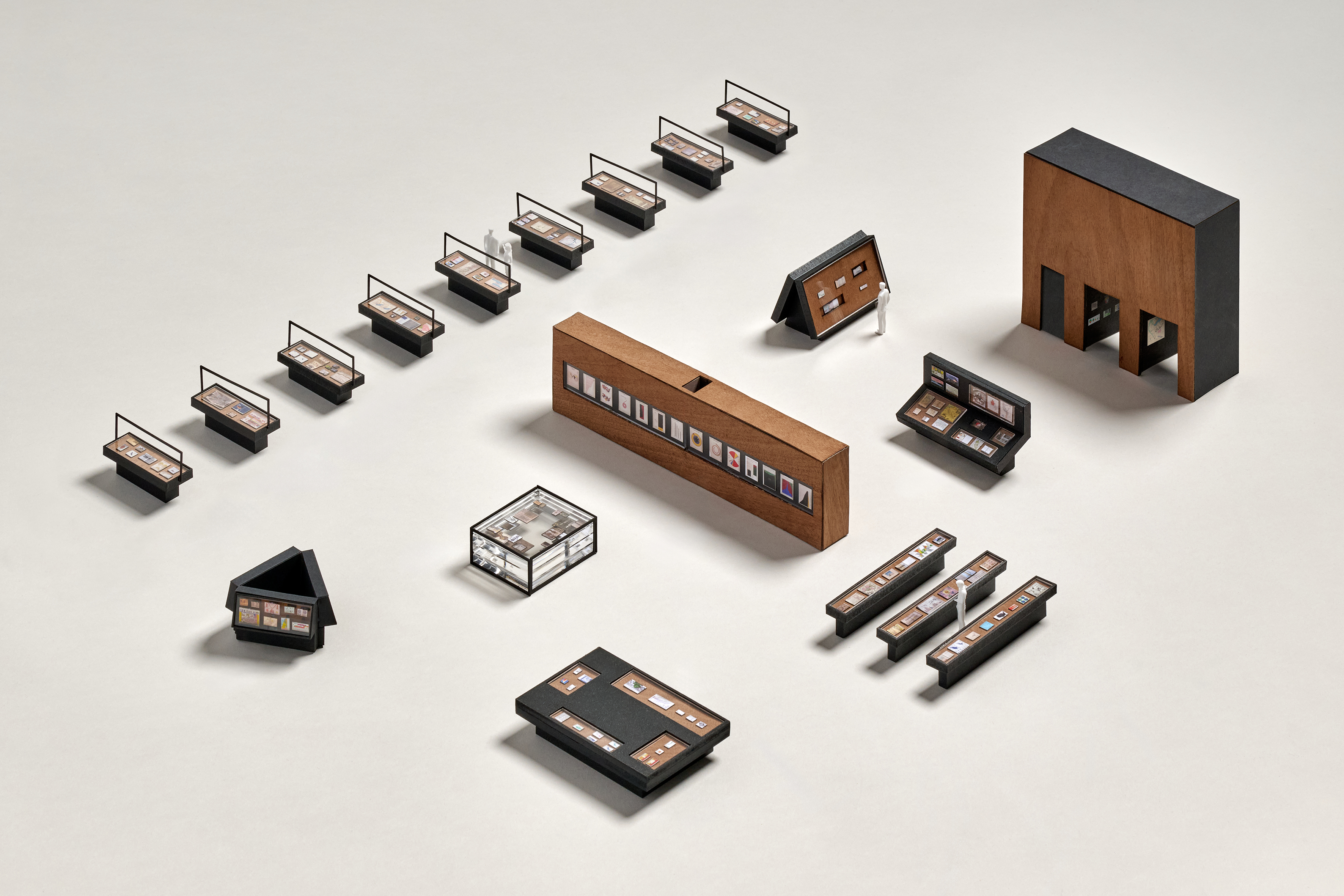 A love letter to the panache and beauty of diagrams: OMA/AMO at the Prada Foundation in Venice
A love letter to the panache and beauty of diagrams: OMA/AMO at the Prada Foundation in Venice‘Diagrams’, an exhibition by AMO/OMA, celebrates the powerful visual communication of data as a valuable tool of investigation; we toured the newly opened show in Venice’s Prada Foundation
-
 NYC's The New Museum announces an OMA-designed extension
NYC's The New Museum announces an OMA-designed extensionOMA partners including Rem Koolhas and Shohei Shigematsu are designing a new building for Manhattan's only dedicated contemporary art museum
-
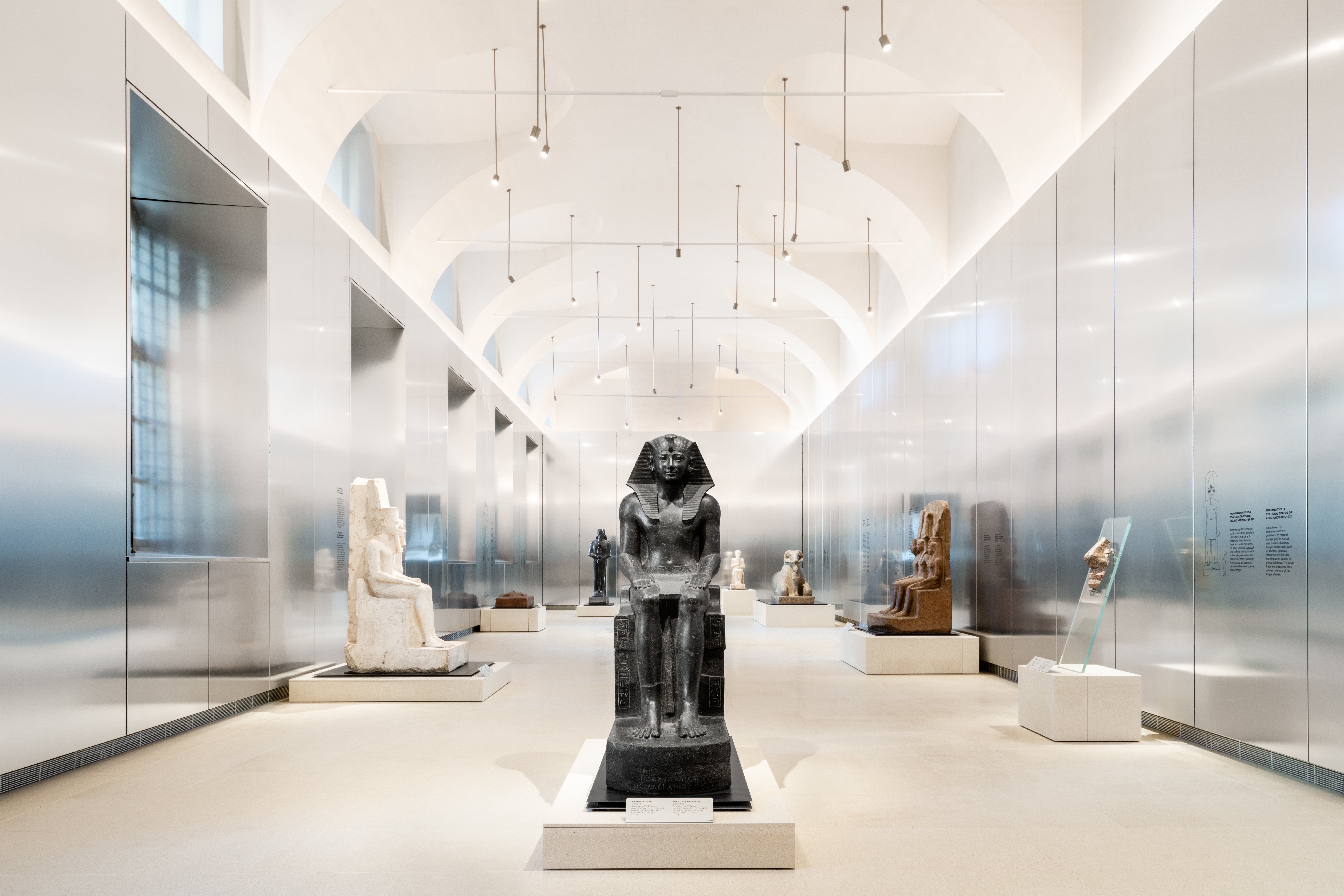 Turin’s Museo Egizio gets an OMA makeover for its bicentenary
Turin’s Museo Egizio gets an OMA makeover for its bicentenaryThe Gallery of the Kings at Turin’s Museo Egizio has been inaugurated after being remodelled by OMA, in collaboration with Andrea Tabocchini Architecture
-
 Gulbenkian Foundation's new art centre by Kengo Kuma is light and inviting
Gulbenkian Foundation's new art centre by Kengo Kuma is light and invitingLisbon's Gulbenkian Foundation reveals its redesign and new contemporary art museum, Centro de Arte Moderna (CAM), by Kengo Kuma with landscape architects VDLA
-
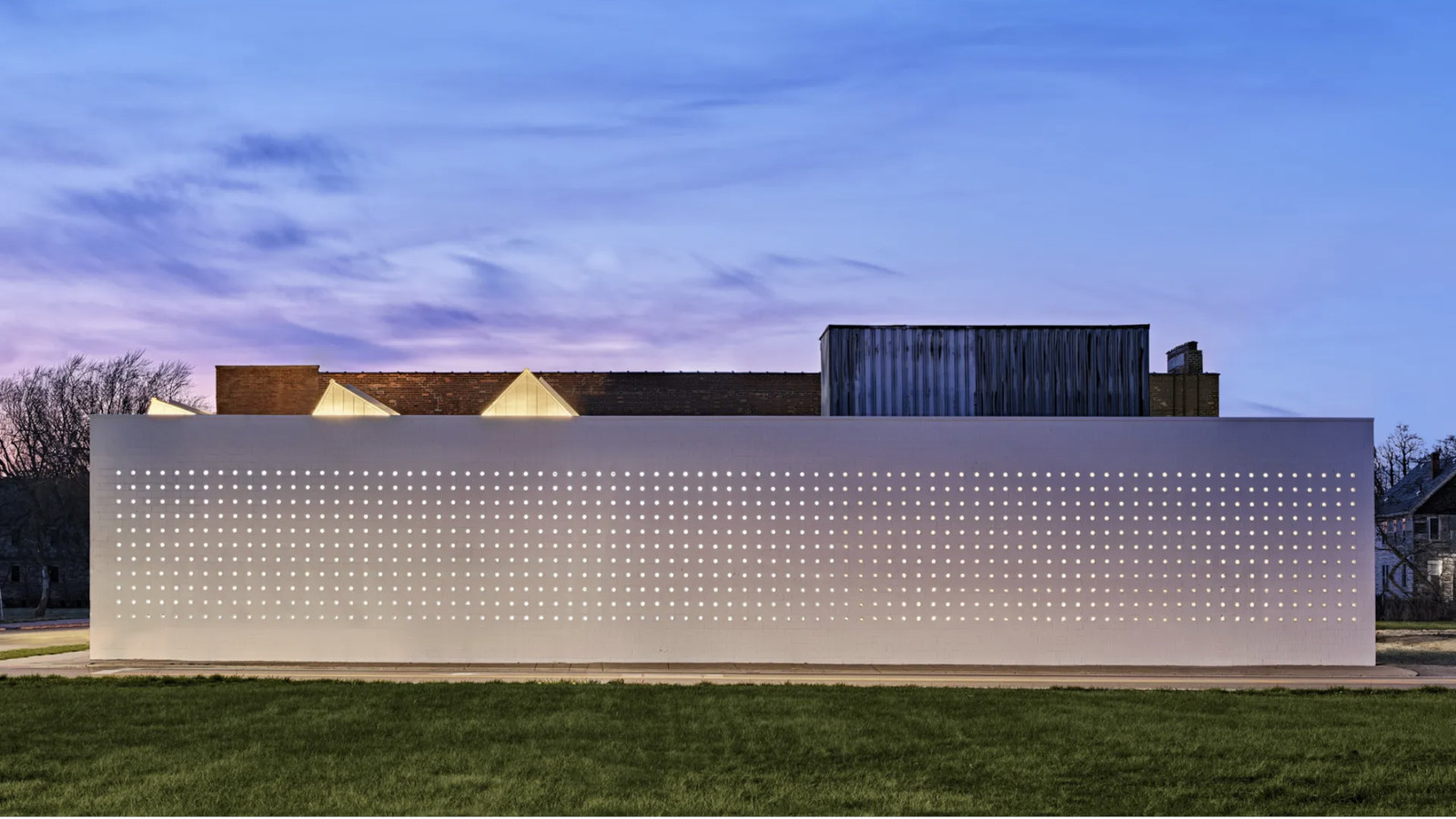 The Lantern cultural hub in Detroit by OMA balances ‘light touch’ and ‘dramatic impact’
The Lantern cultural hub in Detroit by OMA balances ‘light touch’ and ‘dramatic impact’Library Street Collective’s Lantern, a new cultural hub in Detroit, was designed by OMA New York and is a signature rebuild that makes the most of the site’s existing structures
-
 Buffalo AKG Art Museum opens, inviting us into its OMA-designed home
Buffalo AKG Art Museum opens, inviting us into its OMA-designed homeBuffalo AKG Art Museum opens its new, OMA-designed home in the USA
-
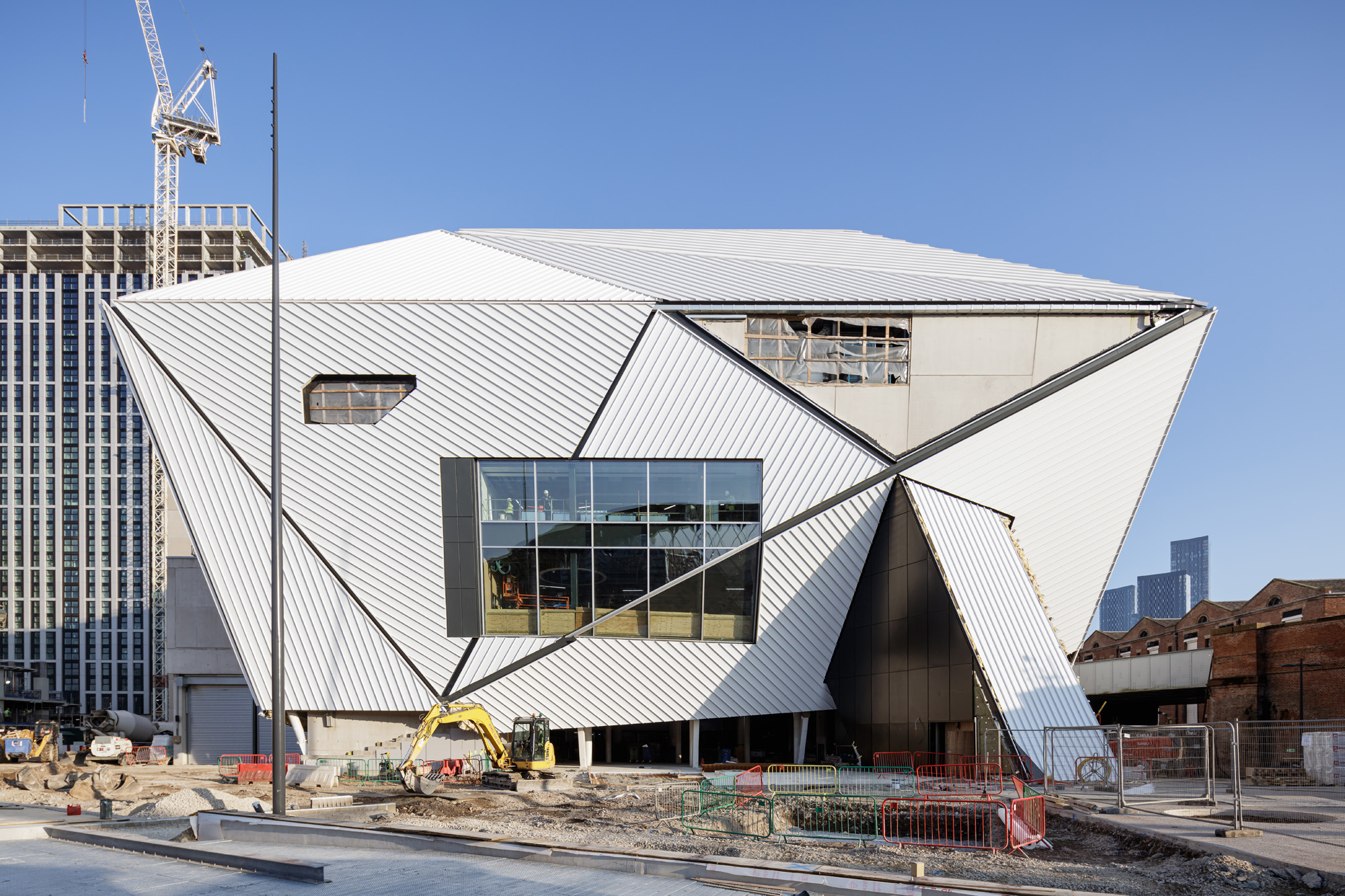 Factory International by OMA is set to be a moveable feast
Factory International by OMA is set to be a moveable feastFactory International by OMA is a Manchester cultural centre designed to break barriers between audience and performer
-
 A ‘contemporary palazzo’ by David Chipperfield and Studio Mark Randel rises in Munich
A ‘contemporary palazzo’ by David Chipperfield and Studio Mark Randel rises in Munich‘Contemporary palazzo’ housing project in Munich is designed by David Chipperfield and Studio Mark Randel